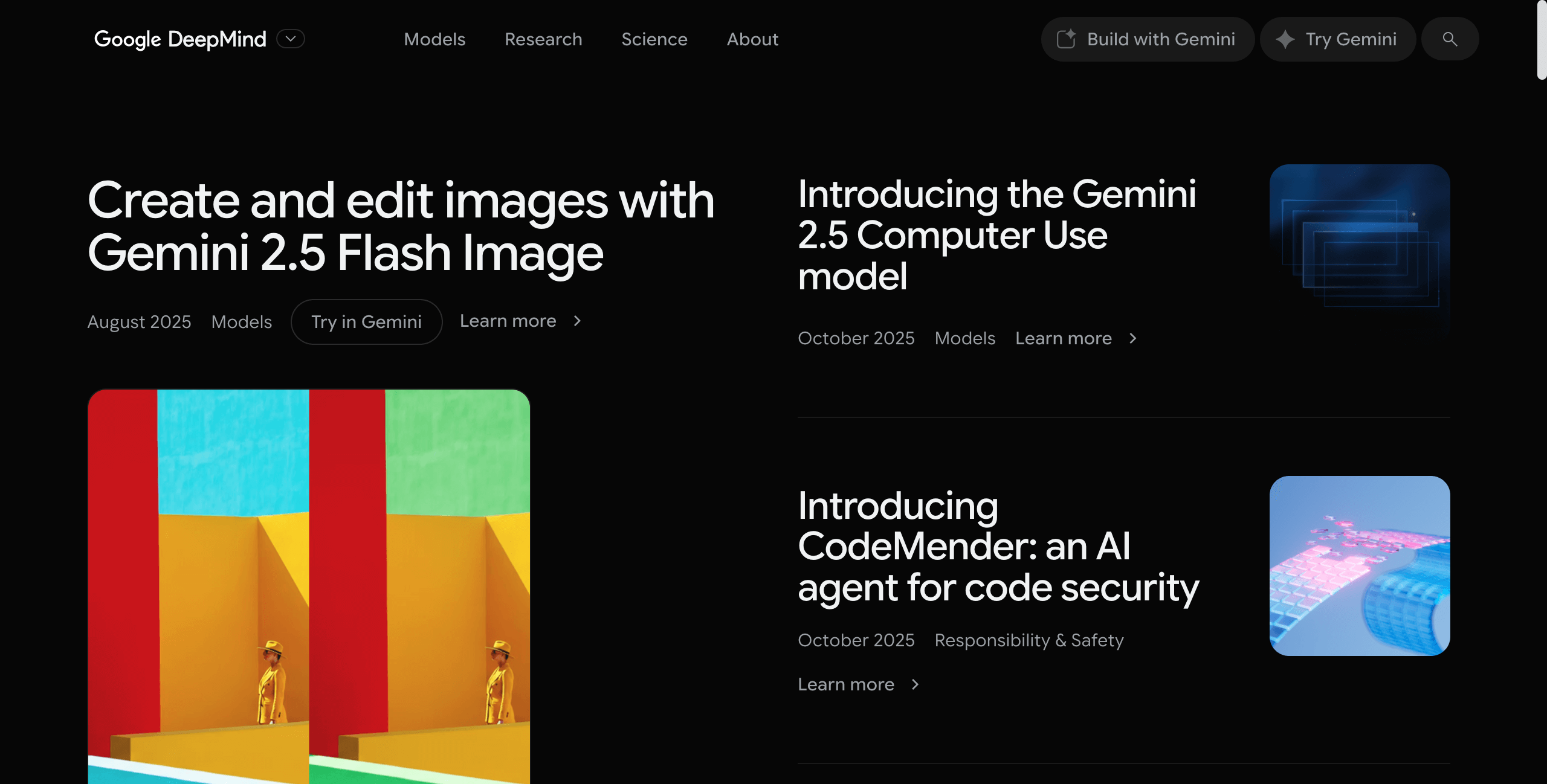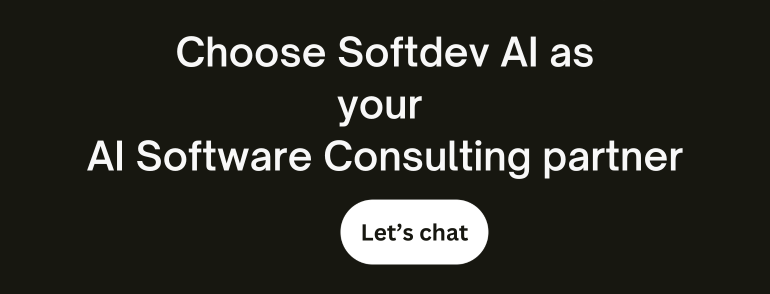Google DeepMind has introduced an innovative AI-powered system that autonomously detects and resolves security weaknesses in software code. The platform, called CodeMender, has successfully delivered 72 security patches to prominent open-source projects over the past half-year.
Addressing the Vulnerability Bottleneck

Discovering and repairing security flaws remains an arduous and labor-intensive task, despite existing automated approaches like fuzzing. While Google DeepMind’s AI-driven initiatives, including Big Sleep and OSS-Fuzz, excel at uncovering previously unknown vulnerabilities in extensively reviewed code, this creates an unexpected challenge: the faster AI identifies issues, the greater the pressure on developers to address them.
CodeMender was developed to solve this problem. Operating as an independent AI agent, it takes a holistic approach to code security remediation. The system works both defensively, immediately patching newly identified vulnerabilities, and offensively, preemptively restructuring code to eliminate entire vulnerability categories before exploitation occurs. This frees developers and project managers to focus their efforts on feature development and overall software enhancement.
Technical Architecture and Capabilities
The platform harnesses the sophisticated reasoning power of Google’s latest Gemini Deep Think models, enabling highly autonomous debugging and resolution of intricate security challenges. CodeMender utilizes specialized analytical tools to examine and evaluate code before implementing modifications. A rigorous validation mechanism ensures all changes are accurate and don’t create new issues or regressions.
Given the potentially severe consequences of security-related coding errors, CodeMender’s automated validation system is critical. It methodically verifies that proposed fixes address underlying problems, maintain functional integrity, pass all existing tests, and comply with project style conventions. Only patches meeting these strict standards proceed to human evaluation.
Advanced Problem-Solving Techniques

The DeepMind team developed sophisticated methodologies to maximize CodeMender’s effectiveness. The agent employs comprehensive program analysis through multiple tools: static and dynamic analysis, differential testing, fuzzing, and SMT solvers. These capabilities enable systematic examination of code structures, control mechanisms, and data pathways to pinpoint root causes of security vulnerabilities and design flaws.
CodeMender also implements a multi-agent framework where specialized sub-agents handle distinct problem dimensions. For instance, a dedicated language model-based review tool identifies discrepancies between original and modified code, allowing the primary agent to confirm its changes avoid unintended consequences and adjust its strategy when needed.
Real-World Applications
In one notable case, CodeMender tackled a vulnerability where crash diagnostics indicated a heap buffer overflow. Though the ultimate fix required only minimal code changes, the underlying cause wasn’t immediately apparent. Through debugger and code search utilities, the agent identified the actual problem as faulty stack management of XML elements during parsing, located in a different section of the codebase. Another example involved the agent creating a sophisticated patch for an intricate object lifetime problem, adjusting a custom C code generation system within the target project.
Proactive Security Hardening

Beyond reactive bug fixes, CodeMender actively strengthens software against emerging threats. The team deployed it to implement -fbounds-safety annotations in libwebp, a popular image compression library. These annotations direct the compiler to incorporate bounds checking, preventing attackers from exploiting buffer overflows for arbitrary code execution.
This capability is especially significant considering CVE-2023-4863, a heap buffer overflow vulnerability in libwebp exploited in a zero-click iOS attack several years ago. According to DeepMind, with proper annotations, that specific vulnerability and most other buffer overflows in annotated code sections would have been neutralized.
The agent’s proactive approach involves sophisticated decision-making. When applying annotations, it autonomously resolves compilation errors and test failures resulting from its modifications. If validation reveals broken functionality, the agent self-corrects using the feedback and pursues alternative solutions.
Cautious Deployment Strategy
Despite encouraging preliminary outcomes, Google DeepMind maintains a measured deployment approach emphasizing reliability. Currently, human researchers review every CodeMender-generated patch before submission to open-source projects. The team is incrementally expanding its contributions to maintain quality standards and systematically integrate community input.
Moving forward, researchers plan to engage maintainers of essential open-source projects with CodeMender-generated patches. Through iterative community collaboration, they aim to eventually make CodeMender publicly accessible to all developers.
The DeepMind team also plans to release technical documentation and research papers in upcoming months detailing their methodologies and findings. This initiative marks an important milestone in investigating how AI agents can proactively repair code and fundamentally strengthen software security across the board.
FAQS
What is CodeMender and what does it do?
CodeMender is an AI-powered system developed by Google DeepMind that autonomously detects and fixes security vulnerabilities in software code. It works both reactively by patching newly discovered vulnerabilities and proactively by rewriting code to eliminate entire classes of security flaws before they can be exploited.
How many security fixes has CodeMender contributed so far?
CodeMender has successfully delivered 72 security patches to prominent open-source projects over the past six months since its deployment.
What technology powers CodeMender?
CodeMender is built on Google’s Gemini Deep Think models, which provide advanced reasoning capabilities. It uses multiple analytical tools including static and dynamic analysis, differential testing, fuzzing, and SMT solvers to examine code and identify security issues.
How does CodeMender ensure its fixes don’t create new problems?
CodeMender has a rigorous automated validation system that checks every proposed fix to ensure it addresses the root cause, maintains functional integrity, passes all existing tests, and complies with project style conventions. Only patches meeting these strict standards are forwarded for human review.
Can you give an example of how CodeMender works in practice?
In one case, CodeMender addressed a heap buffer overflow vulnerability. While the final fix only required a few lines of code changes, the agent used debugger and code search tools to discover the actual problem was faulty stack management of XML elements during parsing, located in a different section of the codebase than initially suspected.
Is CodeMender currently available for public use?
Not yet. Currently, every patch generated by CodeMender is reviewed by human researchers before submission to open-source projects. Google DeepMind is taking a cautious approach and plans to eventually release CodeMender as a publicly available tool after gathering more community feedback.
What makes CodeMender different from traditional security tools?
Unlike traditional automated methods that only identify vulnerabilities, CodeMender actually fixes them autonomously. It can also proactively harden code against future threats by applying security annotations and making preventive modifications, reducing the burden on human developers who previously had to manually address every discovered vulnerability.



